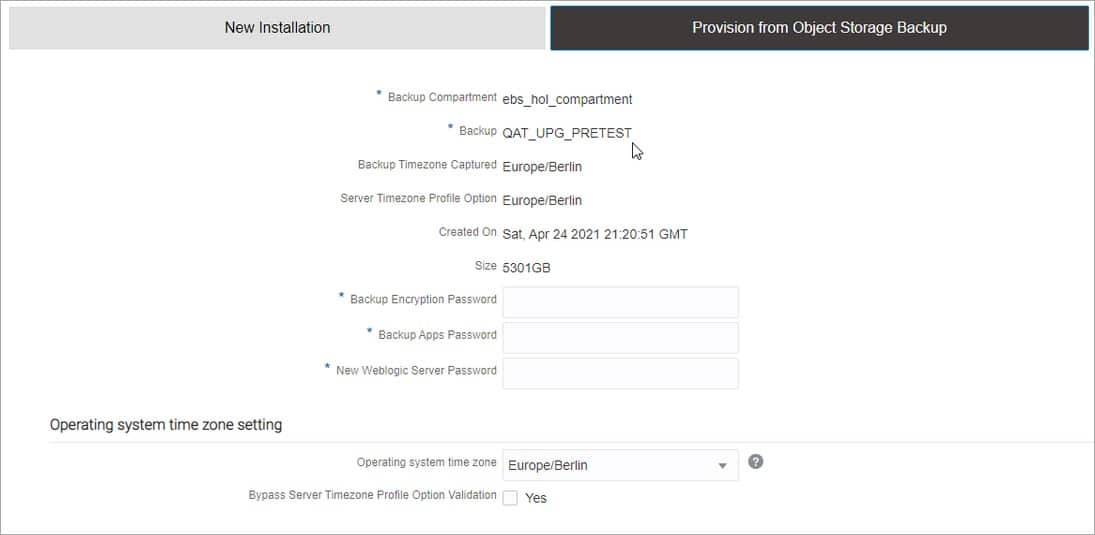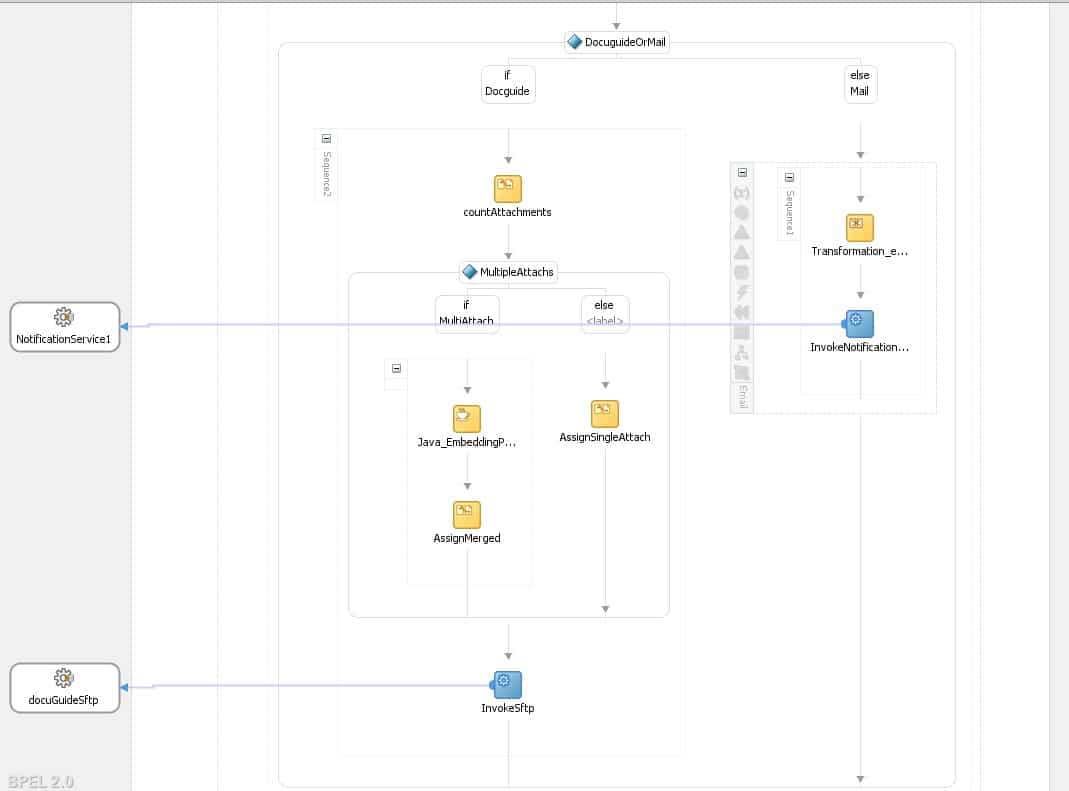
Latest E-Business Suite Cloud Manager 20.2.1.1

Oracle released a new release of the E-Business Suite last week (on April 23, to be more exact). While so far there are no official announcements in the Oracle Blog, the My Oracle Support Note describing Cloud manager (2517025.1) gives an overview of the new features – so let’s have a closer (first) look at the new release.
Support for automatic time zone setting
In the past every E-Business Suite instance provisioned through Cloud Manager was set up with an “UTC” timezone. For many customers, this did not work well obviously. So far the workaround we used with our customers was to manually run the following command:
timedatectl set-timezone Europe/Berlin on every newly provisioned (e.g restored from a backup) instance. With the latest release this is no longer necessary: The “backup utility” saves the timezone set up in the source system and then during restore, this timezone is automatically preserved:

Support for Environment Rediscovery after 12.2 upgrades
The second new feature is even more important. When previously performing an upgrade from E-Business Suite 12.1.3 to the latest 12.2.10 version the Cloud Manager kind of “lost track” of the E-Business Suite instance it is managing: The tool is still under the impression, that it is managing a 12.1.3 version of E-Business Suite residing in different directories. When then trying to e.g. “scale out” (add a second node) or create a backup or clone of the instance, the operation was failing with all kinds of errors.
This is now fixed with the 20.2.1.1 release of Cloud Manager and it is now possible to rediscover the environment after an upgrade.
In the past we had worked around this by performing a manual backup with the “lift and shift” utility and then restoring it as a new environment. This workaround though has a significant drawback by adding appx. 6-8 hours (depending on the size of the environment) to the downtime needed for the upgrade from 12.1.3 to 12.2.
Summary
Besides the new major features as usual a bunch of smaller bugs have been fixed. And more important: At least for the two customers where we have already given the release a try no new regressions came up and basic backup/restore or cloning operations are still working as expected without any problems.



